The drying process of sheetfed offset inks is a very complicated process. These inks use an oxidative drying mechanism, which means that the ink needs to be dried by oxidation. To control the oxidation and drying process, it is important to understand the composition of the ink. The ink contains the following ingredients:
Color - used to form color.
Binder - used to provide viscosity. They usually include quantitative rosin esters or hydrocarbon resins.
Oil - to enhance fluidity. The oils used include linseed oil (dry), soybean oil (non-dry), petroleum (non-dry), and other oils such as tung oil, cottonseed oil, and the like.
Solvent - used to thin the ink and reduce the viscosity of the ink. Low viscosity petroleum distillates are commonly used.
Desiccant - used to help harden the ink. They are a catalyst to accelerate the drying reaction of oxidants.
Additives - Provides abrasion resistance, gloss, and more.
Let's take a look at the drying process of the ink. The process consists of two steps. The first step, oxidation. The solid is formed by the combination of oxygen with the oil in the ink and the varnish. The second step, absorb. Through this process, the solvent penetrates the paper and allows oxygen to come into contact with the oil or varnish. If the solvent penetrates into the paper or the coating is not fast enough, the reaction rate of oxygen with the oil and the varnish will be reduced, eventually lengthening the drying time.
When the ink is initially printed on the substrate, the solvent in the ink penetrates into the gaps in the fiber or coating of the substrate. The pigment remains in the dry oil section, which fixes the pigment on the printing surface. However, this is not completely dry. Due to the loss of the solvent, the ink film becomes very viscous, so that the ink loses its fluidity and stops there for conversion. With the loss of solvent, oxygen reacts with the oil and the resin begins to dry. At this stage, the surface of the ink is fixed and does not transfer to another sheet of paper. However, the ink at the center of the ink film still maintains a certain liquid state. Depending on the composition of the ink, the thickness of the printing ink film, the nature of the paper or other materials, and the environmental conditions, it takes two minutes to more than one and a half hours for the ink to be completely fixed.
After the printing is completed, oxidation occurs in the alkyd resin or drying oil, and oxidation may also occur in the resin. This polymerization results in a three-dimensional, network-like structure of the chemical binder. Oxygen reacts with all the oil, resin, etc. in the ink to convert the liquid material in the ink film into a solid, so that the ink is completely dry. The same reaction occurs if you leave flaxseed oil open. Oxygen reacts with linseed oil and cross-links and eventually hardens.
A paper or coating with a very tight surface can cause the solvent to penetrate very slowly. Therefore, there will be solvent residues in the ink and will slow down the reaction between oxygen and oil and varnish. Of course, this will also increase the ink drying time.
To accelerate drying, "dryer" is used in the ink to accelerate the oxidation process. The two most widely used and longest drying agents in industry are:
Cobalt: It can accelerate the surface drying process (fixed). Because cobalt is blue, it turns brown during drying and tends to discolor white. Also, it is easily soluble in organic acids, so an acidic fountain solution with a too low pH (less than 4.0) has an effect on it.
Manganese: It can accelerate the internal drying process and is a more powerful desiccant than cobalt. This desiccant is brown, but its effect on white is smaller than that of cobalt and it is not easy to infiltrate the fountain solution.
Mixtures of these desiccants are typically used during printing operations to simultaneously accelerate both surface and interior drying to complete the drying process.
Product Name: Double Lacrosse Massage Ball Therapy Point Peanut Massage Ball
1. Product Description
Special peanut therapy ball using on other painful localized parts of the body where trigger release is required.
Out stand with peanut shape & body friendly rubber
2. Product specification
|
Product Name |
Peanut Shape Massage Ball |
|
Color |
Yellow, green, white, orange or customized |
|
Product Size |
125*60mm |
|
Material |
Natural Rubber |
3. Product feature
|
Weight |
0.398kg |
|
Logo |
customized |
|
Brand |
KSONE or customized brand |
|
MOQ |
500 Piece/Pieces |
|
Usage |
Massage, Yoga, Warming Up |
|
Price |
Depend on the order quantity |
4. Sample term and delivery
|
Sample Time |
1. 10 working days-if customized logo needed; |
|
2. Within 1 working day-for existing sample |
Special peanut therapy ball using on other painful localized parts of the body where trigger release is required.
Out stand with peanut shape & body friendly rubber
|
QTY/CTN |
40PCS/carton |
|
MEANS(MM) |
125*60MM |
|
NW/CTN |
9.8KG/carton |
|
GW/CTN |
11KG/carton |
|
Packaging |
OPP BAG |
|
Delivery Time |
25 Days After Deposit payment received |
|
Shipment |
Express Delivery, Sea Shipment, Air Shipment |
|
Carton Size |
37*29*21CM |
1. Our Products
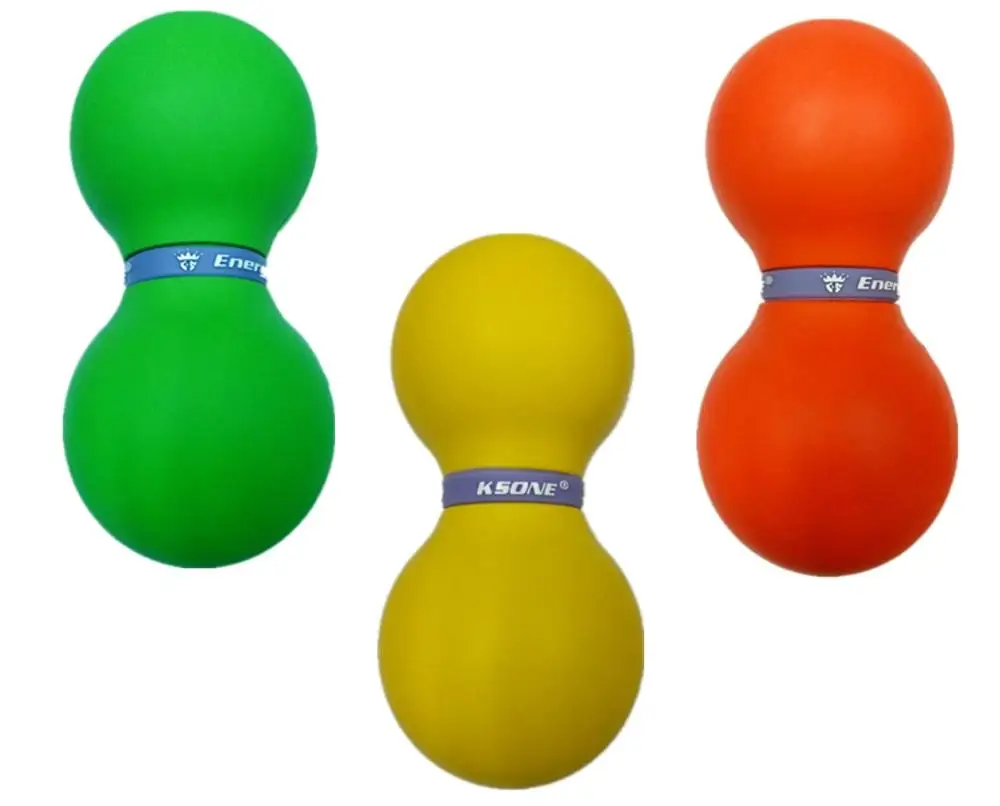
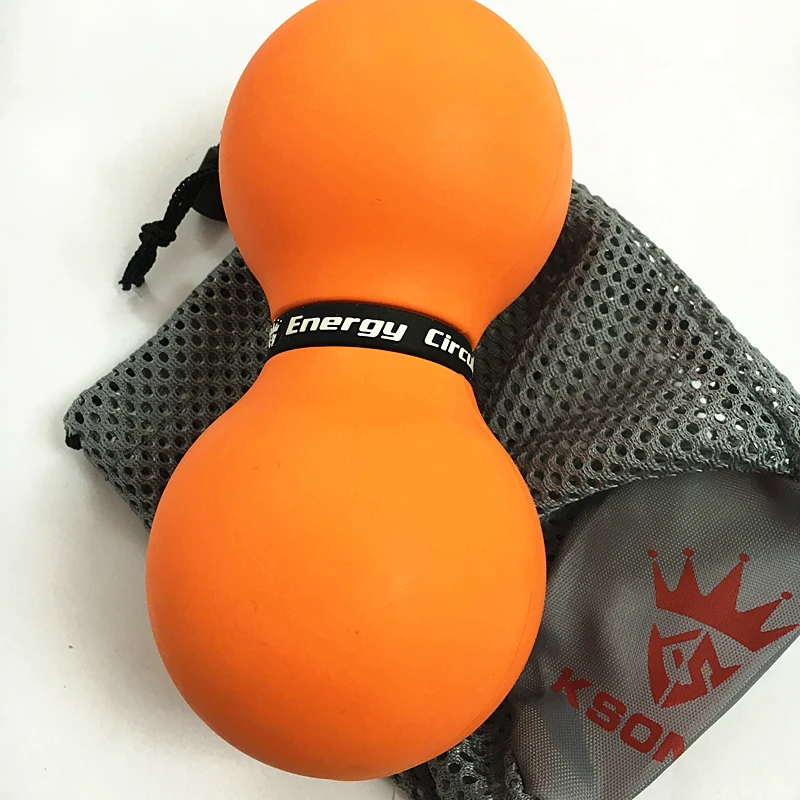
2. High Quality
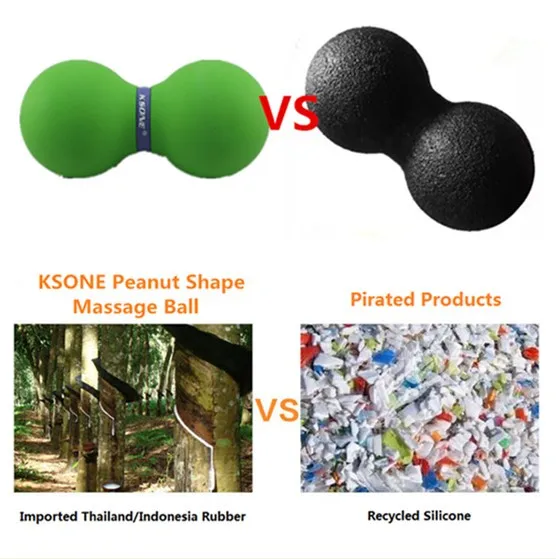
3. Other Massage Products
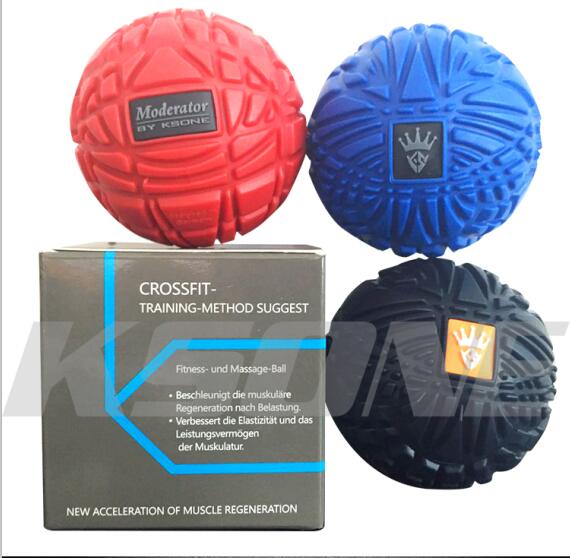
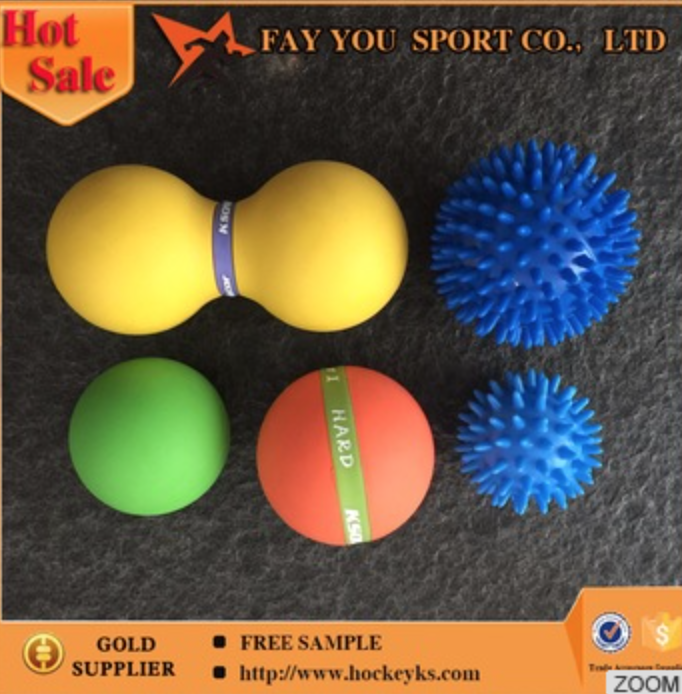
1. Our Factory View
Fayyou Sport Co., Ltd.,subsidiary of Zhuhai Kesai Co Ltd. founded in 1997, is specialized in producing and promoting sports products including lacrosse,hockey, crossfit and massage products.
Kesai has professional experience in manufacturing, marketing and shipping, providing multiple services. Fayyou Sport was established in 2015 due to increasing sports business volume.
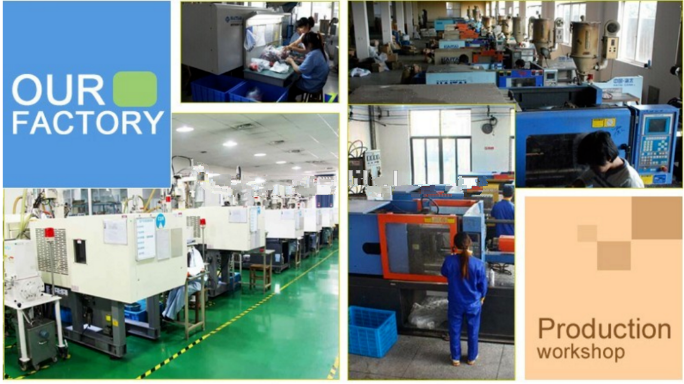
3. Our Advantages
- The most suitable hardness that could massage into trigger point (We got soft/medium/hard as an options);
- Dynamic self-healing and fitness function;
- Special peanut therapy ball using on other painful localized parts of the body where trigger release is required;
- 100% imported nature rubber;
- Multiple color and customize packaging.
4. Shipping and Paking
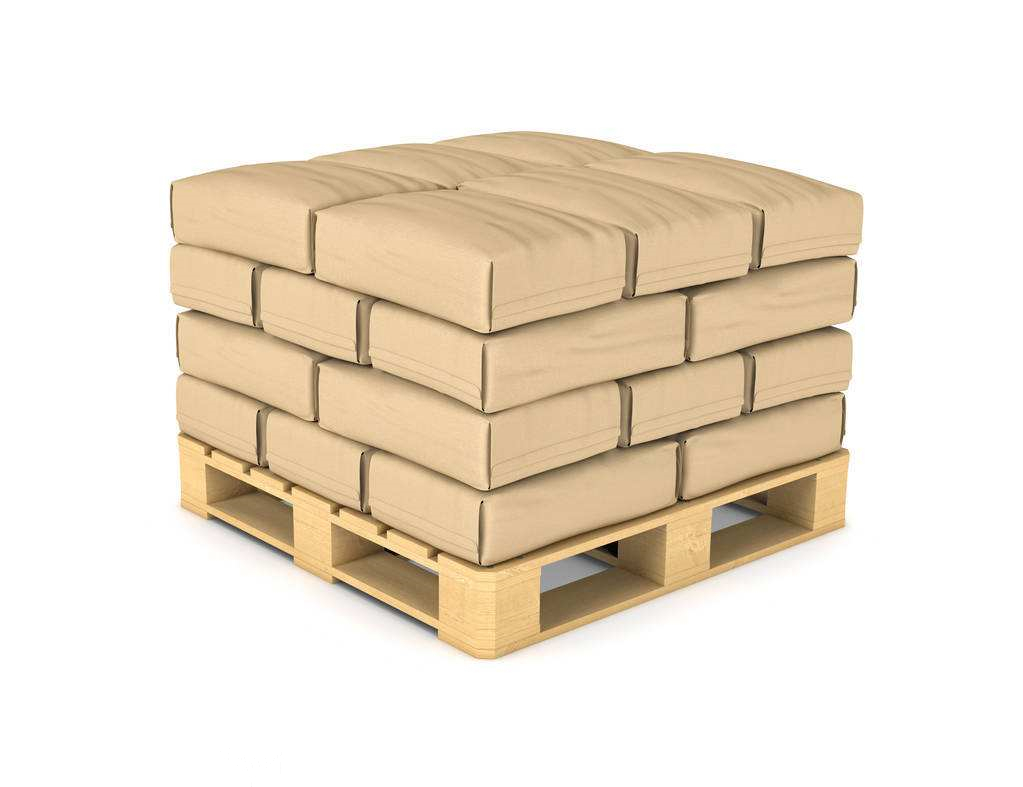

Roller Peanut Ball,Massage Peanut Ball,Peanut Double Ball,Double Lacrosse Ball
FAY YOU SPORTS CO.,LTD , http://www.ksonelacrosse.com